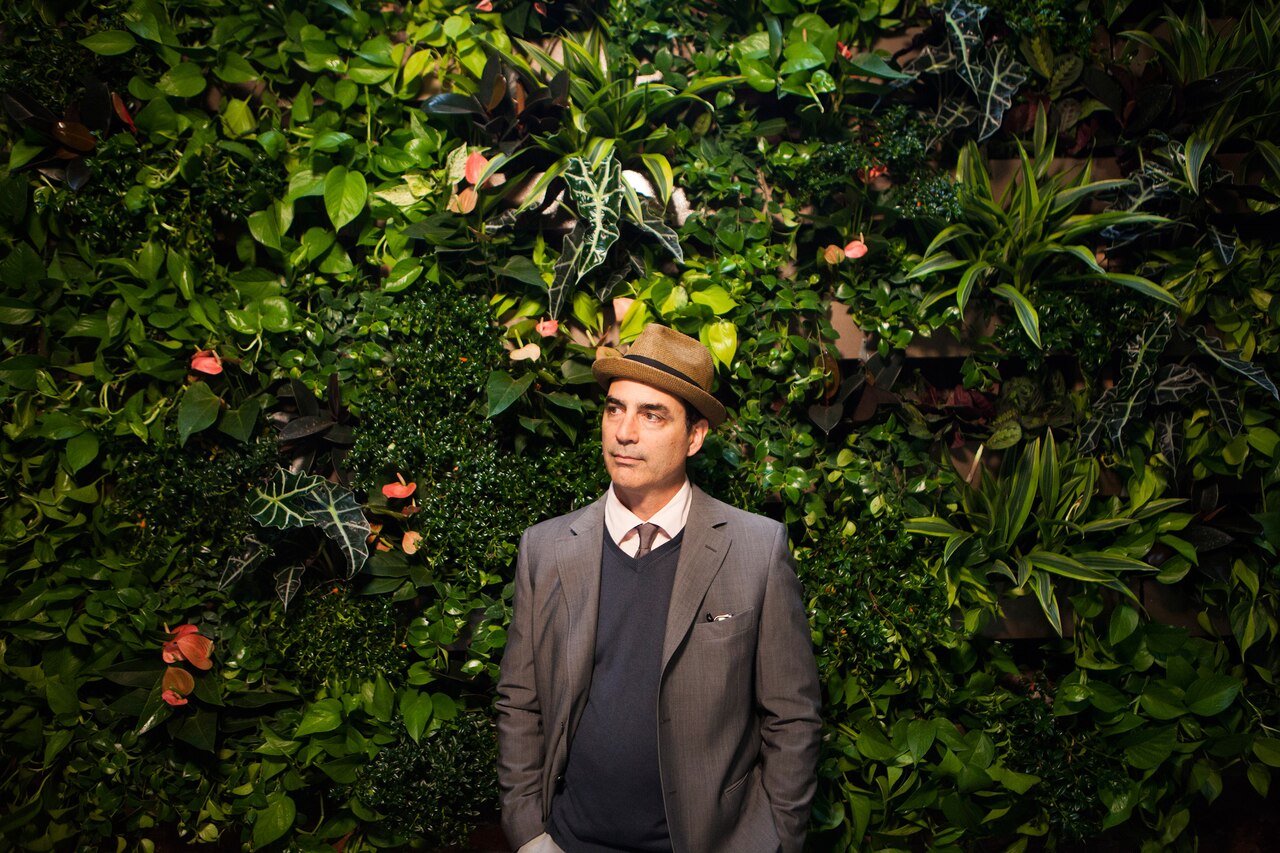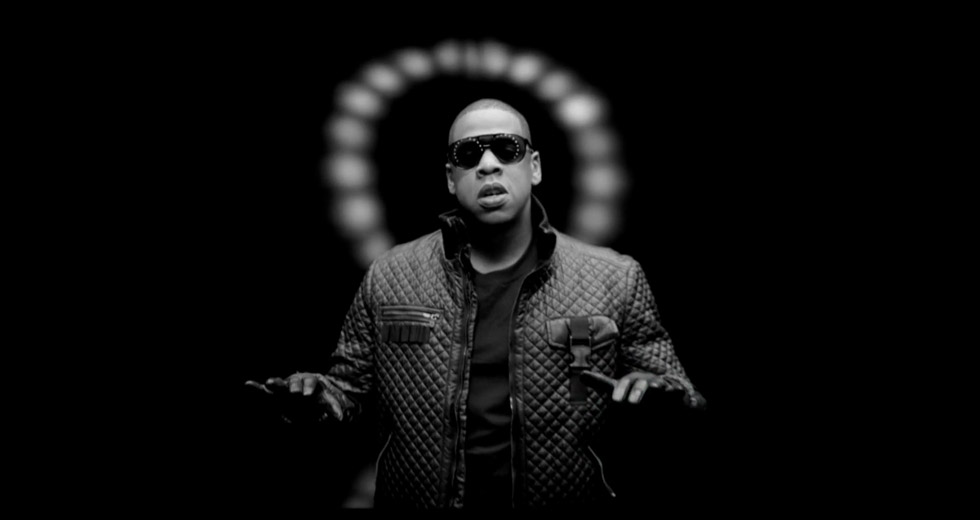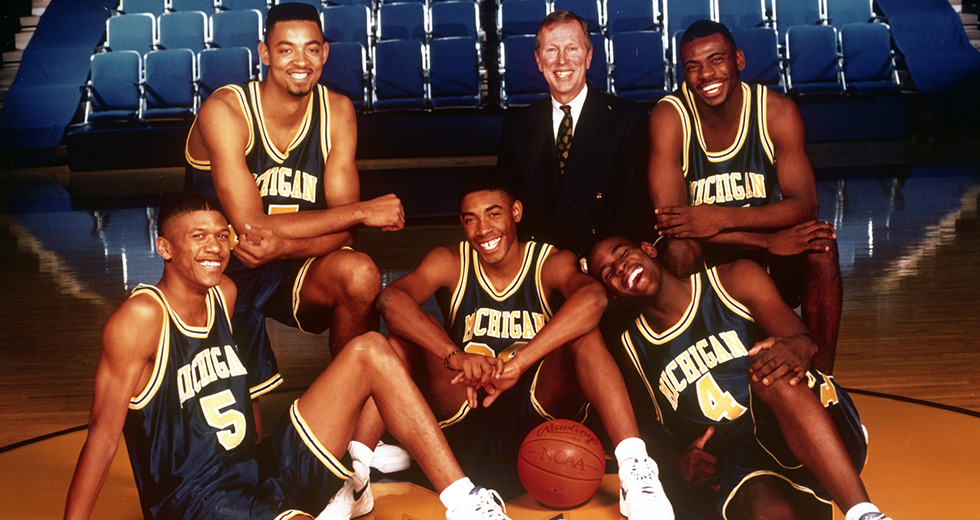Tony Maserati On Shaping The R&B Sound of New York
Having worked with R&B and hip-hop superstars, the lauded record engineer talks about some of his most definitive work.

Berklee School of Music graduate Tony Maserati made his way to New York City in the ’80s, and quickly began his engineering career in earnest at Sigma Sound Studios. Once he’d developed a taste for R&B and hip hop, his ear for a “huge low end and a smooth, velvety high” helped shape the New York sound that has since dominated the world.
He has worked with superstars such as Beyoncé, Mariah Carey, Notorious B.I.G., Tupac Shakur, and Alicia Keys, and his laid-back, amiable manner and dedication to getting the best sound possible has turned many musicians into household names. As well as amassing countless gold discs, Maserati also speaks and teaches around the world to promote good audio use, and even has his own line of Waves plug-ins. The Maserati name has become synonymous with simply great sounding music whatever the style. In this edited and condensed excerpt from his recent RBMA Radio interview, Maserati talks about a selection of his most interesting projects over the years.
Full Force
Glenn Rosenstein at Sigma Sound allowed me to assist him on some of the Full Force sessions and I learned a lot from him. Glenn was busy one day and Full Force needed an engineer and he recommended me. I started working with them on Samantha Fox. That was fun. My first mix ever was “Naughty Girls Need Love Too,” which is a hilarious song. The Full Force guys were just awesome; they were great musicians, great arrangers. They taught me a lot about arranging.
Devante Swing and Uptown
When Sigma closed, Full Force allowed me to book all of their sessions. I took advantage of that situation by making friends with all the studio managers. I would book two weeks at Hit Factory and became friends with Troy; Chung King, Sound Track, etc. Those folks became familiar with my work as an engineer and when it was slow, I’d call them up and say, “Do you have any R&B and hip hop sessions that I could work on?” A lot of the guys that wanted to be engineers didn’t want to work on R&B and hip hop; they wanted to work on rock.
The Devante connection came from Laura King at Chung King. She called me up one day and said, “Hey we’ve got a session starting at eight. They need an engineer.” I met Devante and we hit it off. We made some great music together.
I was working with Devante on one of the songs he did for… I don’t know if it was Mary J. Blige’s first record or if it was for Jodeci’s second record. Puffy came in and asked Devante who I was, probably asked him if I was any good. I remember it was December; 1990, ’91, something like that.
I got a call from Puff before I was going to visit my folks for Christmas. He said, “Hey man. I need you to work on this record.” I said, “I’m going away for the holiday. I’ll be back right before New Years.” I was just walking back up the stairs to my apartment on 5th Street and the phone was already ringing. I didn’t have a cell back in those days. I picked up the phone. It’s Puff. He’s like, “Hey man, you ready?” I was like, “Hell yeah.” I went to the studio that night and Puff and I worked together for six or seven years after that. He locked me down.
Puff Daddy’s Bad Boy Records
The sessions with Bad Boy were interspersed with a lot of the other work I was doing. I had already really created my sound by that point. I had an understanding about how things got done. I knew how to use the MPC. I knew the nuances of sampling technology and what people liked about samples and what they didn’t like and what were the important bits. I think a lot of guys kind of missed that because they always wanted to clean things up.
I learned early on that the dirt and the dust was actually quite intentional. The early Bad Boy stuff was not at all a factory. It was very, very creative; very methodical on Puffy’s part. He had very specific ideas about direction. He wanted to create music that was as inspiring as the music he grew up on.
He and I worked very closely together on sonics. In a lot of ways, I taught my clients in those days how to use an SSL and how to do automation. A lot of engineers never wanted anybody to touch the console. I always found that hilarious because I didn’t write the song, so I don’t think that it’s my prerogative to say, “No, you can’t touch anything.” I actually taught the guys that I worked with how to use the console, how to do automation, how to do the cuts.
They didn’t necessarily dig in and EQ. If they were going to, they asked me, “Can I tweak on that?” I’d save a recall and say, “Yeah, of course.” For the most part, it was automation mutes, things like that. They would do a rough idea as far as some levels and they would say, “All right, now you go in and do your thing on that and make that right.” Fix my transitions or whatever it was.
It was a very collaborative effort on everybody’s part back in those days. I think that was what made it work. Whether you want to call it a New York sound or whatever, that just came from my history of sonics and goes all the way back to my schooling at Berklee and working with Full Force and to all the engineers who taught me and trained me and all the producers I worked with.
Notorious B.I.G.’s “One More Chance”
The mix for “One More Chance” for Biggie was at least two weeks, if not three. Actually, in the middle of that, I went to LA, mixed a song for Johnny Gill and came back and we were still working on it. Basically it was a 48-track session. I tracked everything: Faith Evans singing, Puff’s adds, everything. It was in Studio A at the Hit Factory, which was my favorite studio at the time. It was a very important record. We worked on it for two weeks getting the beat right.
Throughout the process, I’m mixing the whole time. Big was rewriting his rhyme. He basically just sat next to me for two straight days and didn’t write anything down. He just didn’t say much. People were coming in and out. We were doing vocals. Faith’s daughter was in my lap while she was singing. I’m pressing play and record while I’m holding onto her so she doesn’t touch anything.
It went on for two weeks and it was really funny and kind of weird but on the last day, it must have been about 3 AM and I’m ready to print. I’m like, “Puff, let’s print this thing, man.” Puff’s like, “Ah, I’m too tired. My ears are shot. Can we just print it tomorrow?” I was like, “Man I can’t come in tomorrow. I gotta do my taxes.” It was two weeks around the clock, man. He said, “All right, I’ll get Prince in to print.” So Prince Charles Alexander printed it. They mistakenly did not credit me properly which I, to this day, am pretty upset about. Nonetheless, I know it’s my mix and it came out great. It was one of my favorite songs to work on.
Mary J. Blige’s “Be Happy”
I think Prince [Charles Alexander] had done a mix of it and Puff wanted me to take a stab at it, for whatever reason. The only room available at Hit Factory at the time was Studio 2 where they had an old Neve. They had put together two Neve 8068’s and they had 31102 EQs in them. I love those. They are my favorite EQs from Neve, next to the 1066 of course.
The system itself was not an SSL so I had to deal with that. Vocals were recorded over several days. Mary’s performance was great. There was just a certain sadness to that song, even though it was about being happy. The vocal performance was good, but the recording wasn’t good. The first day, all I did was comp the vocal. Got the breaths right. Got the levels right.
Back in those days, you had an analog tape machine so to comp a vocal, you had to bounce from one track to another. You couldn’t always do it just by punching in and out, right? You couldn’t splice. You had to move faders to get the right breaths and you had to set tape so when you push the fader up it would hit the spot that you wanted.
I didn’t see Puff for probably two days. I think the mix probably took me three or four days. Once I got that vocal right, then everything else fell into place. You got a little bit of luck there too because you’ve got one of the best Neve’s on the planet. That helped a lot and that gave it its air, I think. “One More Chance” was done on an EVR, which sounded great as well. I love that track to this day. It’s one of my favorite mixes that I’ve ever done.
Beyonce’s “Crazy In Love”
I had been working on the album for I don’t know how many weeks and had not heard that song. That was early Pro Tools days. I mixed that in Studio 3 at Hit Factory. I focused on the things that he needed to focus on and I pretty much laid it out. Then all of a sudden, I get wind that Jay-Z’s getting on it. I had to do edits and create a hole for J to be in and then Pat Thrall recorded him and sent it back to me. Back in those days, I was working on a console.
One of the reasons why I stopped working on consoles is because the automation is so slow and it’s not as flexible as working on a controller for Pro Tools. To edit sixteen bars in a SSL automation is not an easy thing to do. You have to copy automation and splice in times and time code and it was definitely not accurate. Editing the automation and getting that mix back that everybody loved became a three-day operation... and then getting Jay to sound right and everybody back on board and happy with the mix after we had done all that editing was a big deal too.
Header image: Lauren Gesswein

